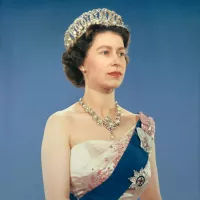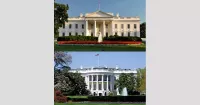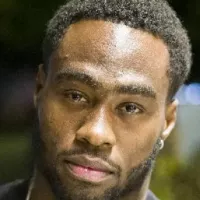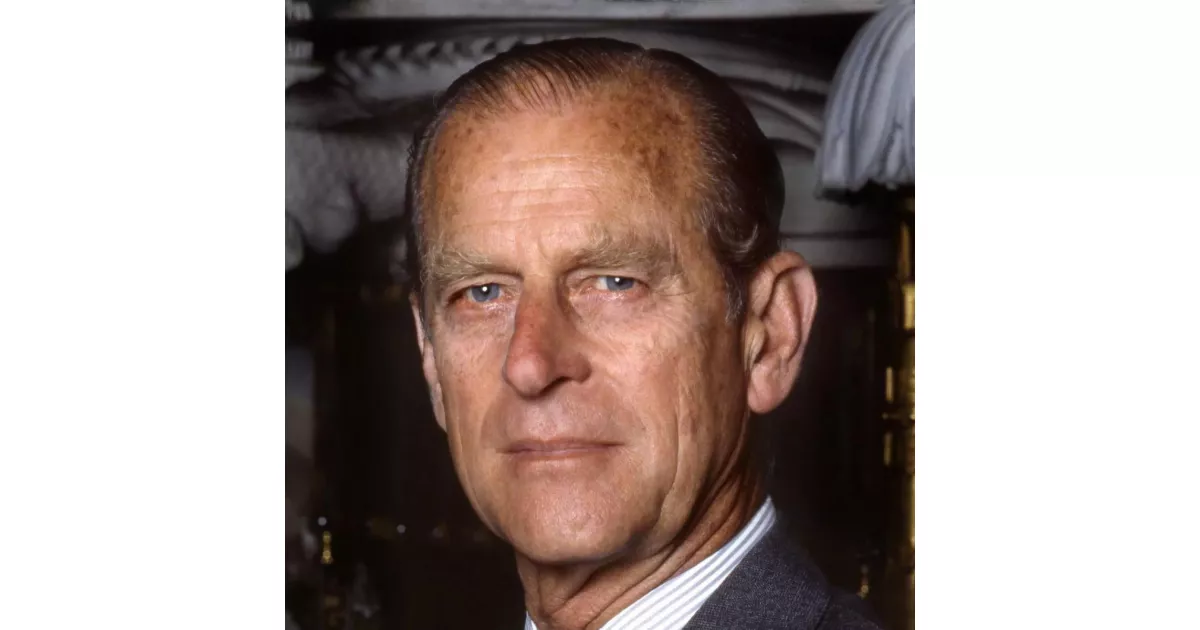Resilience and perseverance in the journey of Prince Philip, Duke of Edinburgh. A timeline of obstacles and growth.
Prince Philip, Duke of Edinburgh, was the husband of Queen Elizabeth II and the longest-serving royal consort in British history, from 1952 until his death in 2021. His life was dedicated to supporting the Queen and the monarchy. He had a distinguished naval career and was known for his outspoken nature and commitment to various charitable causes, particularly those related to the environment, sports, and youth development, such as The Duke of Edinburgh's Award.
September 1922: King Constantine I Forced to Abdicate
In September 1922, King Constantine I, Philip's uncle and high commander of the Greek expeditionary force, was forced to abdicate due to significant losses in the war. Andrew, Philip's father, was arrested along with others, leading to his banishment from Greece.
1937: Death of Cecilie and Family in Air Crash
In 1937, Philip's sister Cecilie, her husband Georg Donatus, their two sons, and Georg Donatus's mother were killed in an air crash at Ostend. Philip attended the funeral in Darmstadt.
1992: Breakdown of Charles and Diana's Marriage
By 1992, Charles and Diana's marriage had broken down, and Elizabeth and Philip hosted a meeting to attempt reconciliation, without success. Philip wrote letters to Diana about the extra-marital affairs.
2008: Hospital Admission for Chest Infection
In 2008, Prince Philip was admitted to King Edward VII's Hospital in London for a chest infection. He walked into the hospital unaided and was discharged three days later after a quick recovery.
December 2011: Hospitalization for Chest Pains
In December 2011, while staying at Sandringham House, Prince Philip experienced chest pains and was admitted to Papworth Hospital, Cambridgeshire. He underwent successful coronary angioplasty and stenting and was discharged a few days later.
June 2012: Hospitalization During Diamond Jubilee
In June 2012, during celebrations for his wife's Diamond Jubilee, Prince Philip was taken from Windsor Castle to King Edward VII's Hospital due to a bladder infection. He was later discharged.
August 2012: Hospital Admission for Infection Recurrence
In August 2012, Prince Philip was admitted to Aberdeen Royal Infirmary for five nights as a precautionary measure after a recurrence of a bladder infection while staying at Balmoral Castle.
June 2013: Exploratory Abdominal Operation
In June 2013, Prince Philip was admitted to the London Clinic for an exploratory operation on his abdomen, spending 11 days in the hospital.
June 2017: Hospital Admission for Infection
In June 2017, Prince Philip was taken from Windsor to London and admitted to King Edward VII's Hospital after being diagnosed with an infection, spending two nights there. He was unable to attend the State Opening of Parliament and Royal Ascot.
April 2018: Hip Replacement Surgery
In April 2018, Prince Philip was admitted to King Edward VII's Hospital for a planned hip replacement after missing the annual Maundy and Easter Sunday services. He was discharged the following day.
January 2019: Car Collision Near Sandringham Estate
In January 2019, Prince Philip was involved in a car collision near the Sandringham Estate. He was reported to be uninjured, but the occupants of the other car were injured and taken to hospital. He voluntarily surrendered his driving license three weeks later.
December 2019: Hospital Stay for Pre-existing Condition
In December 2019, Prince Philip stayed at King Edward VII's Hospital and received treatment for a "pre-existing condition," described by Buckingham Palace as a precautionary measure. He had not been seen in public since May 2019.
February 2021: Hospital Admission and Treatment for Infection
In February 2021, Prince Philip was admitted to King Edward VII's Hospital as a "precautionary measure" after feeling unwell. He was visited by Prince Charles, and Buckingham Palace confirmed he was "responding to treatment" for an infection.
Mentioned in this timeline

Elizabeth II reigned as Queen of the United Kingdom and...

The White House located at Pennsylvania Avenue NW in Washington...
The Guardian is a British daily newspaper founded in as...
Germany officially the Federal Republic of Germany is a Western...
China officially the People's Republic of China PRC is an...
Australia officially the Commonwealth of Australia encompasses the Australian mainland...
Trending

2 months ago Joey Bosa Lists Los Angeles Mansion for $3.7 Million Amid Bills Transition.
1 month ago Cowboys Defeat Eagles; Sirianni Disputes Barkley; Lurie Scrutinizes Coaching Staff After Loss
2 months ago Eagles Acquire Jaelan Phillips in Trade; Patriots Expressed Interest Before Deadline.

7 months ago Eagles' Saquon Barkley & Cooper DeJean Showcase Basketball Skills in Viral Moment

28 days ago Brandin Cooks joins Bills; WR Moore released after guaranteed $2.5 million contract.

7 months ago Mikaela Shiffrin Releases Final Episode of "Moving Right Along" Web Series
Popular

XXXTentacion born Jahseh Dwayne Ricardo Onfroy was a controversial yet...

Stranger Things created by the Duffer Brothers is a popular...
The Kennedy Center Honors are annual awards recognizing individuals and...
Turning Point USA TPUSA is an American nonprofit organization founded...

Candace Owens is an American conservative political commentator and author...

Bernie Sanders is a prominent American politician currently serving as...
